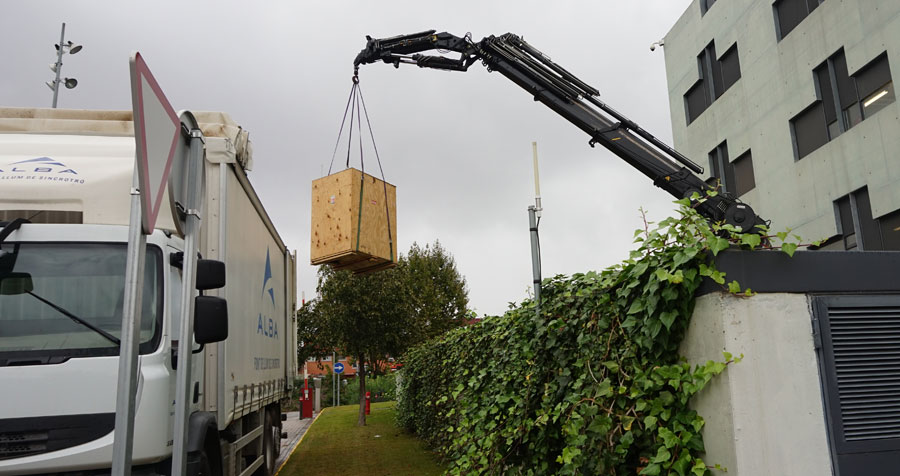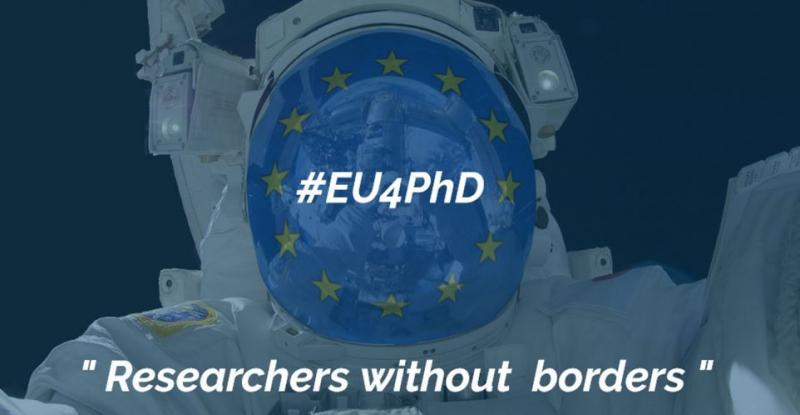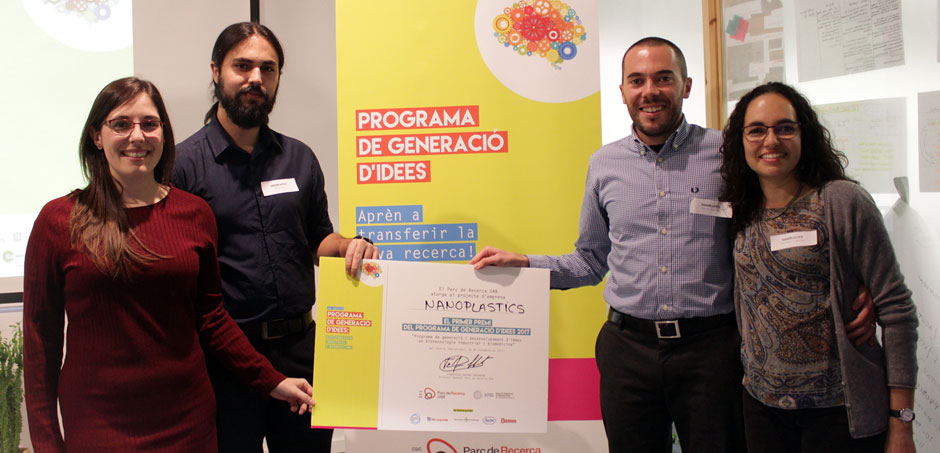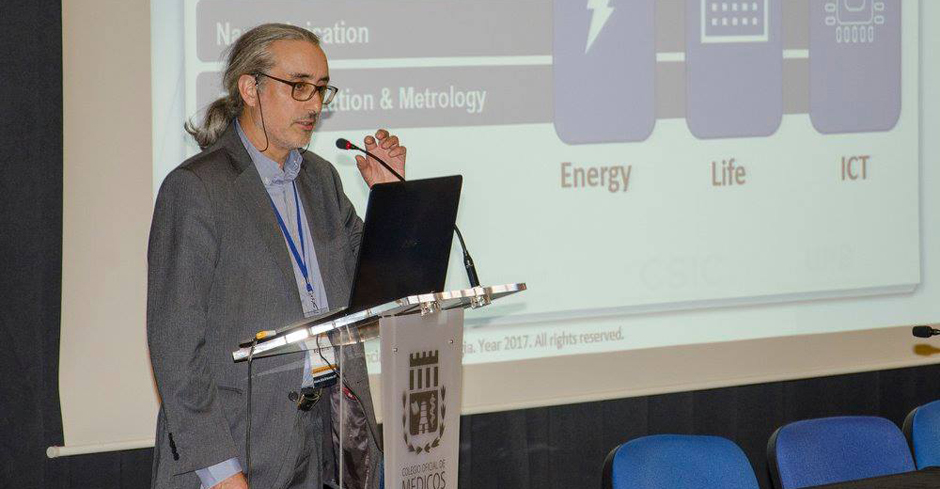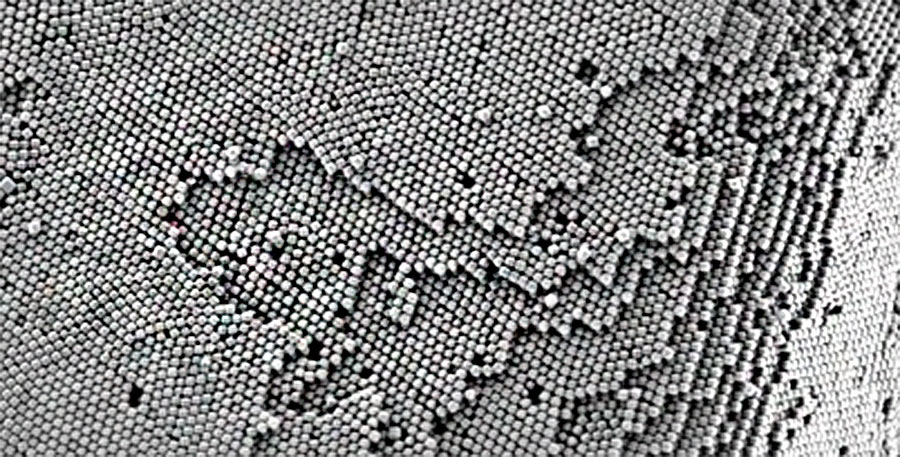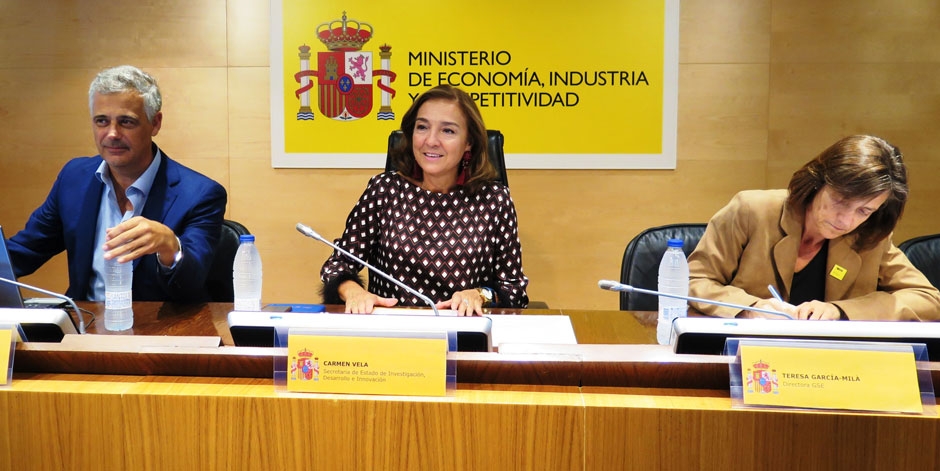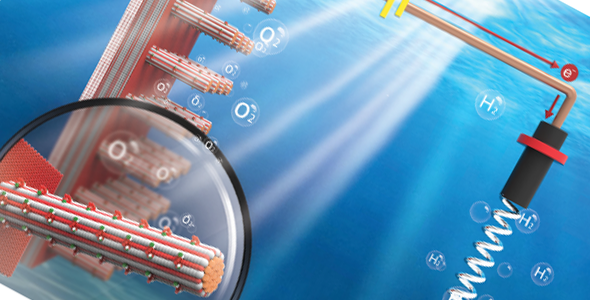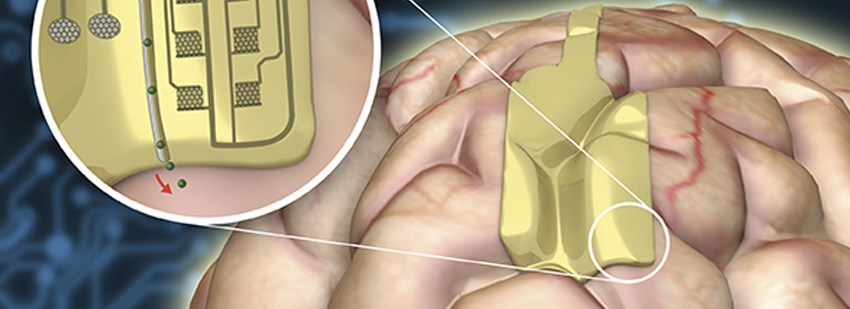Monday, 29 January 2018
The ICN2 and the ALBA synchrotron open a liquid helium recovery plant
This plant, fitted with equipment owned by the ICN2, is unique in Catalonia and allows recycling of up to 80% of the liquid helium consumed at ALBA for its superconducting magnets and ultra-low temperature experiments. The ICN2 will also benefit from the helium produced.
